Quick Reads
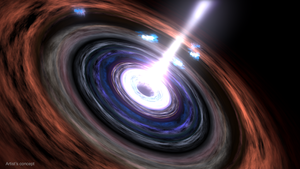
Did you know some of the brightest sources of light in the sky come from the regions around black holes in the centers of galaxies? It sounds a little contradictory, but it’s true! They may not look bright to our…
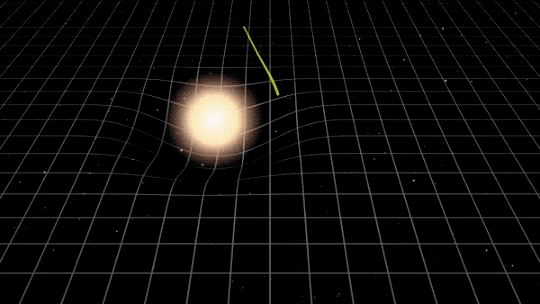
Gravity is obviously pretty important. It holds your feet down to Earth so you don’t fly away into space, and (equally important) it keeps your ice cream from floating right out of your cone! We’ve learned a lot about gravity…

Gamma-ray bursts are the brightest, most violent explosions in the universe, but they can be surprisingly tricky to detect. Our eyes can’t see them because they are tuned to just a limited portion of the types of light that exist,…
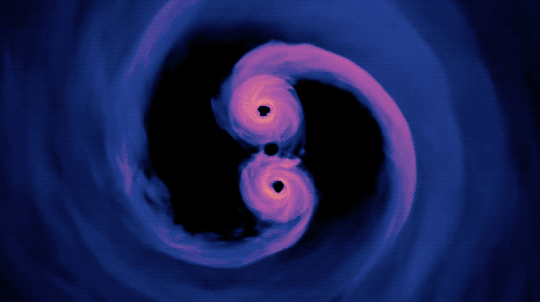
Just about every galaxy the size of our Milky Way (or bigger) has a supermassive black hole at its center. These objects are ginormous – hundreds of thousands to billions of times the mass of the Sun! Now, we know…
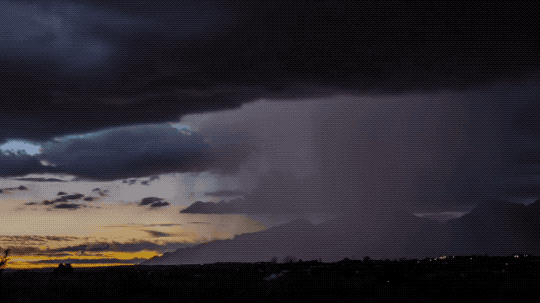
Fermi Gamma-ray Space Telescope has spotted gamma rays coming from thunderstorms.
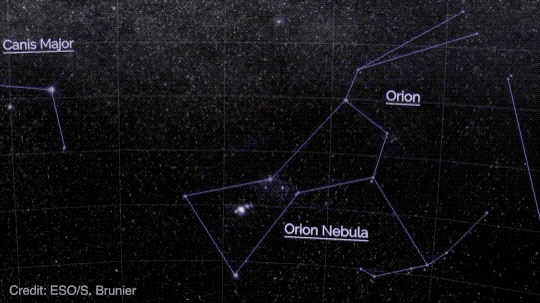
Do you ever look up at the night sky and get lost in the stars? Maybe while you’re stargazing you spot some of your favorite constellations. But did you know there’s more to constellations than meets the eye? They’re not…

We can agree that nebulae are some of the most majestic-looking objects in the universe. But what are they exactly?
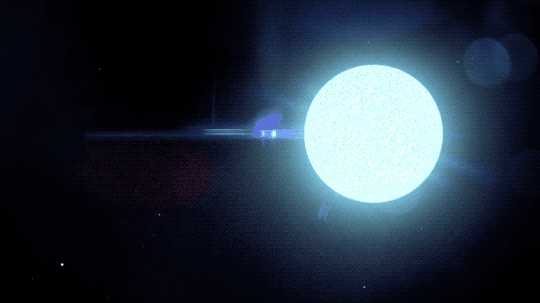
Matter makes up all the stuff we can see in the universe, from pencils to people to planets. But there’s still a lot we don’t understand about it! For example: How does matter work when it’s about to become a black…
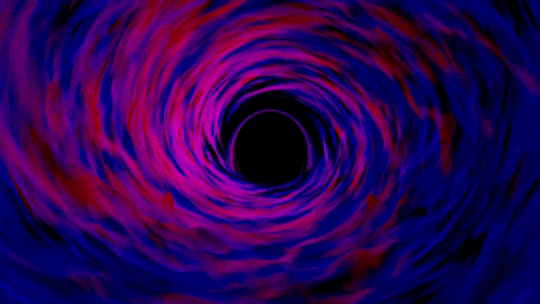
Black holes are some of the most bizarre and fascinating objects in the cosmos. Astronomers want to study lots of them, but there’s one big problem – black holes are invisible! Since they don’t emit any light, it’s pretty tough…

What is pi? We’re not talking about your favorite pastry with yummy fillings and a side of ice cream. Pi can be written as the Greek letter 𝞹 or the number 3.14159…, which goes on and on because pi is…


























